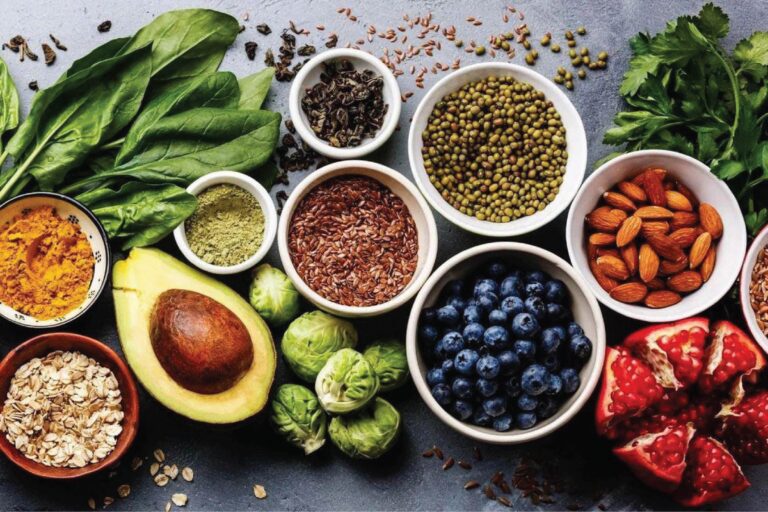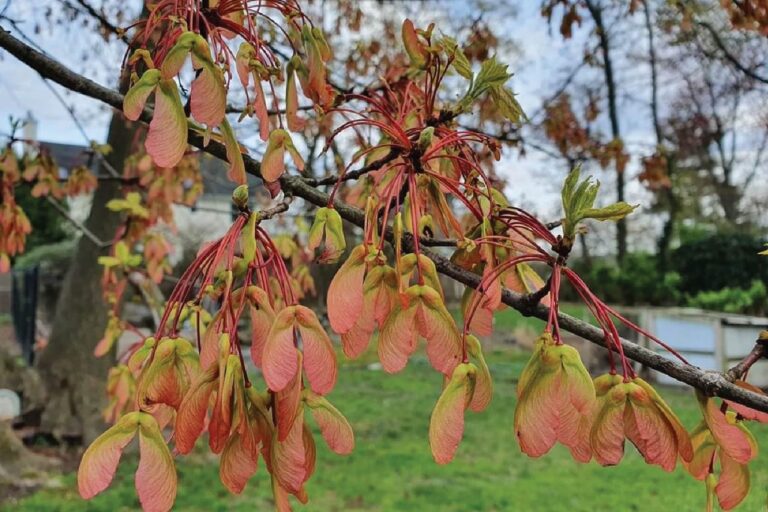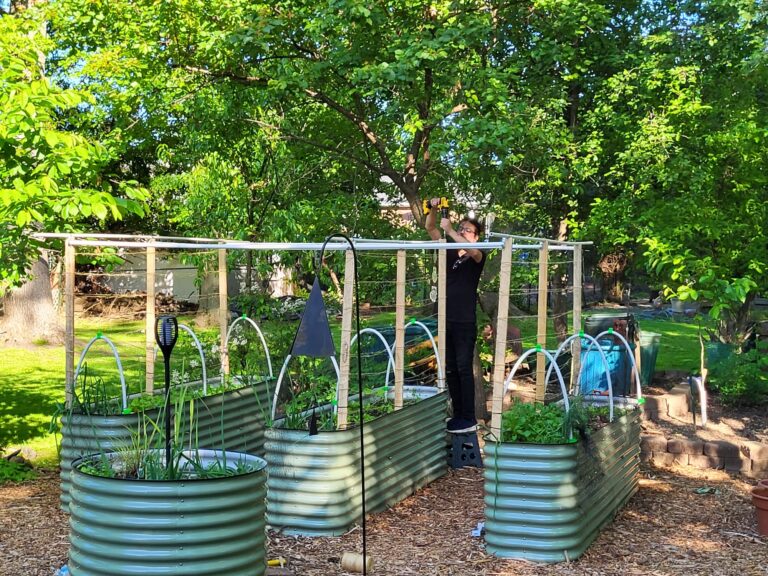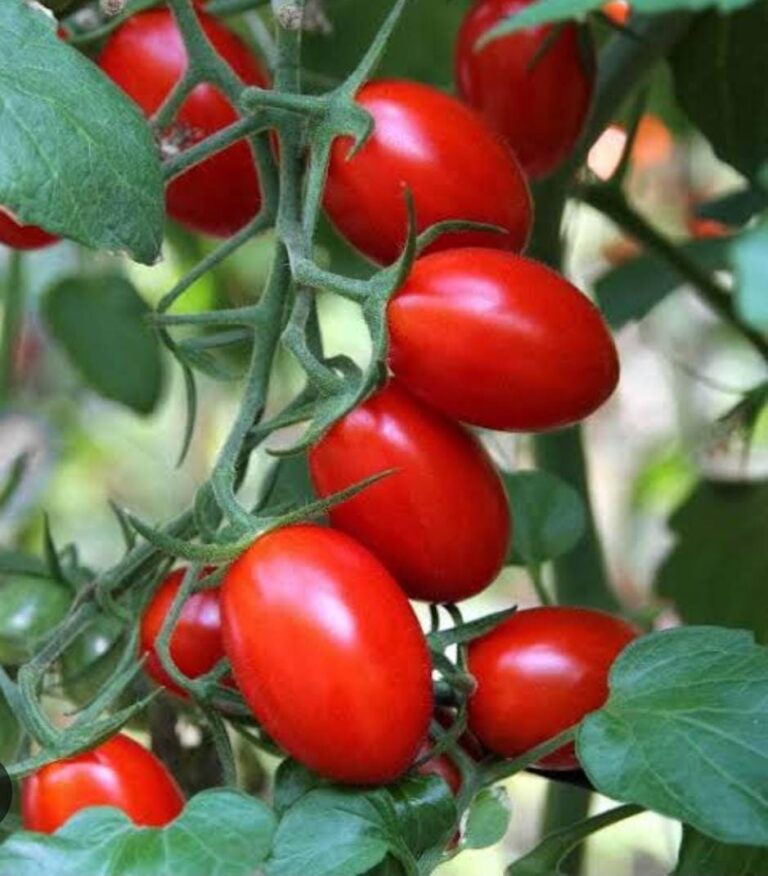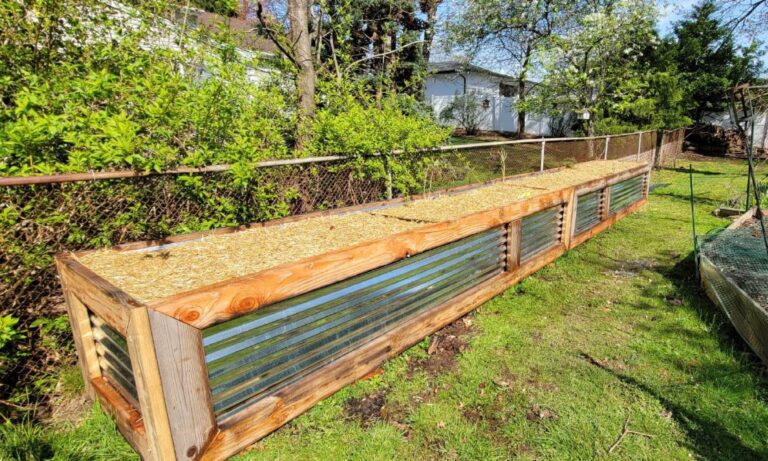13 Common Home Gardening Mistakes to Avoid: A Comprehensive Guide
Introduction
Gardening is a lovely hobby that allows you to nurture plants, beautify your environment, and even generate your own food. However, it is easy to fall into classic traps that can transform a pleasurable activity into a frustrating one. To assist you in cultivating a successful garden, this blog examines 13 terrible home gardening mistakes to avoid, all supported by scientific insights and practical guidance.
1. Overwatering Your Plants
The Mistake in home gardening

Overwatering is a common gardening mistake that can be extremely harmful to plants. While hydration is necessary, excess water can suffocate roots by depriving them of oxygen, resulting in root rot and fungal illnesses. According to the University of California Agriculture and Natural Resources, this imbalance alters the soil’s air-water equilibrium, reducing plant vitality. To avoid overwatering, check soil moisture levels on a regular basis and water according to your plants’ specific requirements, resulting in a balanced environment that promotes healthy growth.
Scientific Insight
According to research from the University of California Agriculture and Natural Resources, overwatering can induce root rot due to a lack of oxygen surrounding the roots. This suffocation causes weaker, rotting roots, and eventually plant death.
The Solution
Water plants according to their demands and soil moisture level. Before watering, check the soil using a moisture meter to ensure you are providing the proper quantity of hydration. Personally, I rely on the traditional finger test to determine if my plants need watering. If the finger comes out dry, water. If it comes out wet, don’t water.
2. Planting in Poor Soil

Planting in poor soil is a typical gardening blunder that can limit plant growth and lower harvests. Poor soil frequently lacks important nutrients and has poor structure, limiting root development and water retention. Studies published in Nature demonstrate the importance of healthy, organic-rich soil for plant health. To prevent making this error, perform a soil test to evaluate nutrient content and pH levels. To increase the quality of the soil, add compost or particular fertilizers, ensuring that your plants have a solid basis for healthy growth and productivity.
Scientific Insight
Studies published in Nature underscore the importance of soil quality. Healthy soil is rich in organic matter, which promotes nutrient availability, soil structure, and water retention, all important for robust plant growth.
The Solution
To improve soil quality, conduct a pH and nutrient test and add organic matter, compost, or particular fertilizers. This will provide a firm foundation for your plants. Take a look at our video where we demonstrate our unique blend that works wonders.
3. Wrong Spacing for Planting
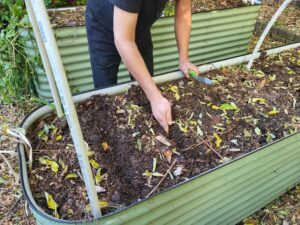
Planting with incorrect spacing is a major error that can jeopardize plant health and productivity. Crowded plants struggle for resources like light, water, and nutrients, resulting in reduced development and increased vulnerability to pests and diseases. According to research from the University of Florida, correct spacing is critical for ensuring enough air circulation and reducing the danger of disease spread. To avoid this issue, adhere to the spacing instructions found on seed packets or plant labels. Proper spacing encourages each plant to thrive, resulting in a healthier and more productive garden.
Scientific Insight
According to study from the University of Florida, appropriate spacing minimizes the danger of disease spread while also providing each plant with adequate light, water, and nutrients.
The Solution
Follow the spacing instructions on the seed packet or plant label. Adequate spacing gives each plant ample space to develop and thrive, eliminating competition and encouraging better growth.
4. Planting at the Wrong Time
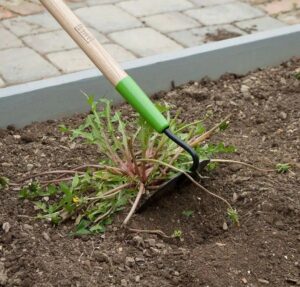
Planting at the incorrect time is a typical gardening error that can cause poor germination and reduced development. USDA study has identified an optimal temperature range and seasonal window for each plant species’ growth. Planting too early or too late can expose seeds and seedlings to improper circumstances, causing stress and limiting plant establishment and productivity. To avoid this mistake, utilize a planting schedule tailored to your area and keep track of frost dates. Proper timing ensures that your plants thrive under optimal conditions, resulting in a healthier and more fruitful garden.
Scientific Insight
The USDA emphasizes that each plant species prefers a certain temperature range for maximum growth. Planting outside of this range strains the plants, diminishing their ability to establish and yield.
The Solution
To discover the optimal time to plant different species, consult a planting calendar appropriate to your region. To properly timing your planting, keep in mind the last frost date in spring and the first frost date in October.
5. Using Too Much Fertilizer

Using too much fertilizer is a common gardening mistake that can be harmful to both plants and the environment. Excessive fertilizer causes nutrient imbalances, salt accumulation, and plant toxicity, which can result in leaf scorch and restricted development. According to Iowa State University research, over-fertilization can cause nutrient leaking into groundwater, which harms important soil microbes. To avoid this mistake, fertilize according to soil test recommendations and use slow-release fertilizers. Follow the label recommendations carefully to ensure your plants get the nutrients they need without over-application, encouraging healthy and long-term plant growth.
Scientific Insight
According to Iowa State University research, excessive fertilizer application can lead to nitrogen leaking into groundwater and destroy important soil microbes. Plants can experience nutrient burn, which causes leaf scorch and impaired development.
Solution
Fertilize according to soil test recommendations. To avoid overapplication, use slow-release fertilizers and observe the label directions. This guarantees that your plants get the nutrients they need while avoiding over-fertilization.
6. Neglecting Pest and Disease Management
Neglecting pest and disease management is a big gardening mistake that may swiftly ruin a garden. Pests and diseases can develop uncontrollably without continuous monitoring, causing significant damage to plants. Agricultural Sciences research highlights the effectiveness of integrated pest management (IPM) in reducing pest damage and pesticide consumption, producing a better garden ecology. To prevent making this mistake, monitor your plants on a frequent basis for symptoms of pests and illnesses. Use IPM measures such as physical barriers, helpful insects, and organic insecticides. Early diagnosis and intervention are critical for successfully managing pest and disease issues and ensuring a productive garden.
Scientific Insight
Agricultural Sciences research focuses on the effectiveness of integrated pest management (IPM). IPM decreases pest damage and the usage of toxic pesticides, resulting in a healthier garden ecology.
Solution
Inspect plants regularly for pests and illnesses. Implement IPM measures such as physical barriers, helpful insects, and organic insecticides. Effective pest and disease management requires early diagnosis and intervention.
7. Not Mulching Properly

Not mulching properly is a common gardening error that can have a detrimental impact on plant health. While mulching helps to retain moisture, control soil temperature, and reduce weeds, incorrect application can be problematic. According to the University of Vermont, piling mulch on plant stems creates a damp environment that promotes rot and pest infestations. To avoid making this error, spread a 2-3 inch layer of mulch around plants, keeping it a few inches away from the stems. This improves air circulation and minimizes moisture buildup at the base of plants, resulting in a healthier and more robust garden environment.
Scientific Insight
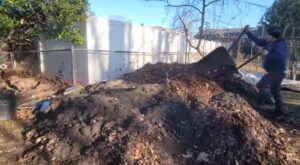
The University of Vermont’s research emphasizes the advantages of good mulching, including moisture retention, temperature regulation, and weed suppression. Mulch placed on stems, on the other hand, creates a damp environment that attracts rot and pests.
Solution
Apply 2-3 inches of mulch around plants, keeping it away from the stems. This promotes air circulation and minimizes moisture accumulation at the base of plants, which can lead to rot and pest problems.
8. Choosing the Wrong Plants for Your Climate
Choosing the wrong plants for your climate is a serious gardening mistake that can result in poor growth and excessive maintenance. Plants that are not adapted to your local environment may suffer from temperature extremes, insufficient rainfall, and local pests, resulting in stunted growth or mortality. The USDA Plant Hardiness Zone Map gives critical information on which plants are likely to survive in certain places. To avoid making this error, choose plants that are appropriate for your climate zone, especially native species that have naturally adapted to local conditions. This leads to a healthier, more sustainable garden with less effort and better outcomes.
Scientific Insight
The USDA Plant Hardiness Zone Map contains useful information on which plants are likely to survive in certain places. Temperature extremes and local pests may pose problems for plants growing outside of their hardiness zones.
Solution
Choose plants appropriate for your climate zone. Native plants are frequently a good choice because they are adapted to the local environment and require less upkeep. This guarantees that your garden contains plants that are organically adapted to your environment.
9. Overlooking Pollinators
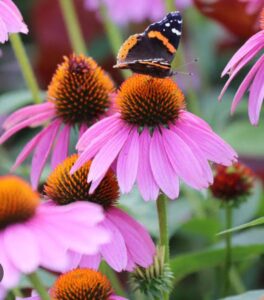
Neglecting pollinators is a serious gardening blunder that can lower fruit and vegetable production. Many plants rely on pollinators like bees, butterflies, and hummingbirds to reproduce. Research published in Science emphasizes their significance in food production, as many crops rely on them for successful fruit set. To avoid making this mistake, plant a pollinator-friendly garden with a range of flowering plants that bloom at different times. Avoid using insecticides that may kill these important insects. Supporting pollinators improves pollination, resulting in improved productivity and a healthier garden ecosystem.
Scientific Insight
Research published in Science highlights the importance of pollinators in food production. Many crops rely on pollinators for successful fruit sets, and a lack of pollinators can result in low yields.
Solution
Plant various floral plants to attract pollinators including bees, butterflies, and hummingbirds. Avoid using insecticides that may kill these important insects. Creating a pollinator-friendly environment boosts your garden output.
10. Ignoring Plant Labels
Ignoring plant labels is a common gardening mistake that can harm plant health and growth. Plant labels contain important information regarding light requirements, water requirements, spacing, and mature size. Disregarding these nuances can result in plants being placed in improper circumstances, causing stress and decreased vitality. To prevent making this error, carefully read and follow the instructions on plant labels. This guarantees that each plant is placed in the appropriate setting and receives proper care, resulting in optimal growth and a thriving garden. Paying attention to plant labels is critical for satisfying the unique requirements of each plant type.
Scientific Insight
Plant labels contain important information regarding light requirements, water requirements, spacing, and mature size. Ignoring these details may result in planting species in unsuitable environments.
Solution
Carefully read and follow plant label instructions. This guarantees that you give the optimal environment for each plant to thrive, according on its unique demands and requirements.
11. Pruning at the Wrong Time
Pruning at the incorrect time is a typical gardening error that can impede plant growth and diminish flowering. Pruning at the wrong time might lead to fewer blooms and stunted growth. The University of Georgia found that careful pruning promotes healthy development and enhances flowering. For example, depending in your planting zone pruning spring-flowering shrubs in late January eliminates flower buds, but summer-flowering plants should be pruned in late winter or early spring. To prevent making this error, discover the proper pruning periods for your plants to keep them healthy and vibrant throughout the growth season.
Scientific Insight
The University of Georgia emphasizes that trimming at the right moment promotes healthy development and flowering. For example, pruning spring-flowering bushes in late winter might remove flower buds and diminish blooms.
Solution
Learn when to prune your plants. Spring-flowering plants are often pruned after blooming, whereas summer-flowering plants are pruned in late winter or early spring. This time encourages healthy growth and optimal flowering.
12. Failing to Rotate Crops
Failure to rotate crops is a serious gardening error that can deplete soil nutrients and exacerbate insect and disease problems. Growing the same plants in the same location year after year depletes key nutrients and provides an ideal habitat for pests and illnesses to thrive. According to research published in the Journal of Agricultural and Food Chemistry, crop rotation improves soil health, reduces insect pressure, and promotes plant development. To avoid this mistake, rotate the planting places for different plant families each year. This approach improves soil fertility while disrupting insect and disease cycles, resulting in a healthier and more productive garden.
Scientific Insight
According to the Journal of Agricultural and Food Chemistry, crop rotation improves soil health, reduces insect pressure, and promotes plant development by altering nutrient demands.
Solution
Crop rotation involves rotating the planting places of different plant families every year. This maintains soil fertility and breaks insect and disease cycles, resulting in a healthier and more productive garden.
Note: When discussing crop rotation, it’s worth noting that if you have a small backyard garden, it may not be as crucial as it is for larger growing areas spanning acres and acres.
13. Neglecting to Deadhead Flowers
Neglecting deadhead flowers is a gardening blunder that can shorten the blooming season and harm plant health. Deadheading, or removing wasted flowers, stimulates plants to generate more blooms rather than focusing energy on seed production. Colorado State University research shows that regular deadheading extends the flowering duration and improves plant attractiveness. Failure to deadhead allows plants to focus on seed generation, which can lead to fewer flowers and a less vivid garden. To avoid making this error, remove faded blossoms regularly to promote continued flowering and keep your garden looking neat and lovely.
Scientific Insight
Deadheading, or removing faded blossoms, helps plants to produce more flowers rather than seeds. According to Colorado State University research, deadheading extends the flowering duration while also improving plant attractiveness.
Solution
To maintain healthy flowering plants, remove spent blossoms on a regular basis. This redirects the plant’s energy toward growing more blossoms, improving the overall beauty and production of your garden.
Conclusion
Gardening mixes the enjoyment of caring for plants with the satisfaction of creating a beautiful and productive outdoor space. However, it necessitates meticulous attention to detail and a willingness to learn from failures. Avoiding these 13 common gardening mistakes can help you grow a healthier, more profitable garden. Remember to investigate and understand your plants’ individual needs, assess their health on a regular basis, and adjust your activities in response to scientific information and best practices.
Happy gardening!


